When it comes to the untouched habitat and superior water quality of Minnesota’s Boundary Waters Canoe Area, a cursory review isn’t enough—we need your help to demand more for the fish and wildlife and regional economy of Northeastern Minnesota
The Boundary Waters Canoe Area is made up of 1.1 million acres of the most visited wilderness area in the country—it is, by all measures, a public land success story here in the northeastern corner of Minnesota.
There are world-class fishing opportunities all over the BWCA, in no small part because of the water quality and abundant habitat. In fact, 20 percent of the freshwater in the entire 193-million-acre national forest system is found in the Superior National Forest, which surrounds the Boundary Waters. The two biggest walleye ever caught in Minnesota were landed off the Gunflint Trail on the eastern edge of the BWCA—one of which, a 17-pound, 8-ounce behemoth, has held the state record for over thirty years.
Unfortunately, all of this is threatened by a proposed sulfide-ore copper mine on the southern edge of the Boundary Waters. A Chilean mining company is working to acquire leases a quarter mile from the edge of the wilderness area. These leases would give the company the right to develop a sulfide-ore copper mine, complete with new roads and mining infrastructure, alongside Birch Lake and the South Kawishiwi River. The proposed mine site sits at the headwaters of the Rainy River watershed that flows into the Boundary Waters, Voyageur’s National Park, and most of the Superior National Forest.
This proposed mine is incredibly contentious, and recent changes to complex land management and leasing policies have given hunters and anglers new cause for concern.
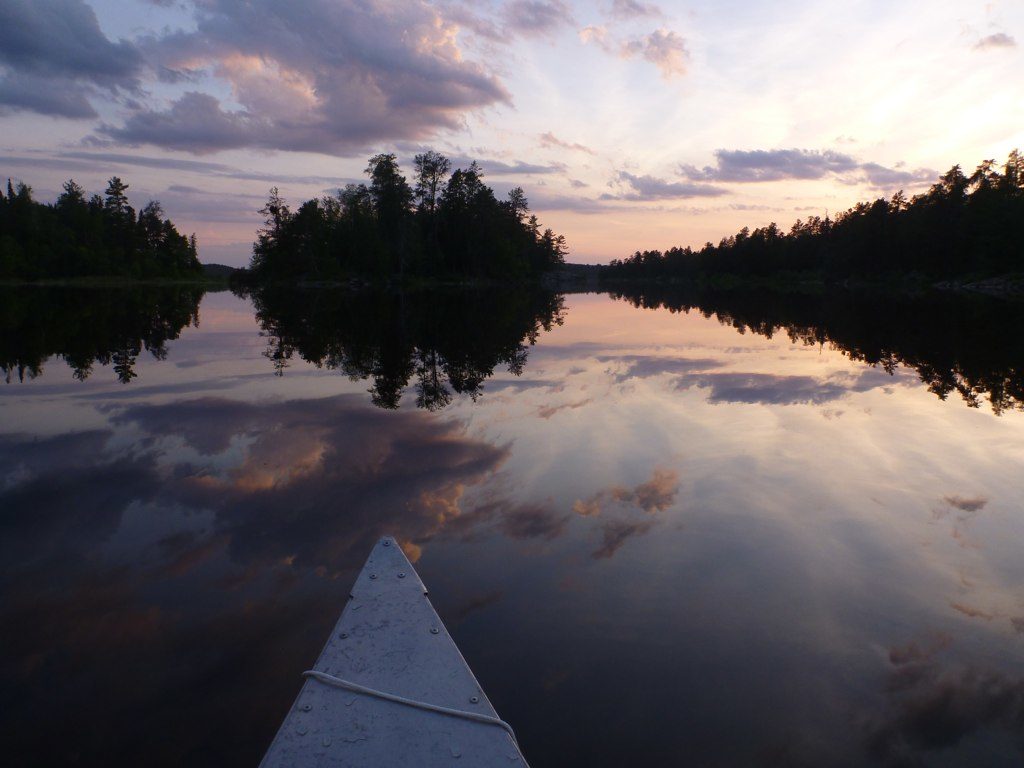
What Happened?
In 2016, the Department of the Interior announced that the Bureau of Land Management had the discretion whether or not to renew these leases, but the U.S. Forest Service had to consent first. When asked, the Forest Service withheld consent to renewal, leading the BLM to reject the mining company’s application. The Forest Service also proposed making 234,000 acres of public land at the edge of the Boundary Waters off limits to federal mineral leasing for 20 years, which triggered a two-year segregation on mining while the agency crafted an Environmental Impact Statement.
In late December 2017, the new administration at DOI reversed the 2016 decision, declaring that the mining leases were entitled to automatic renewal and no longer needed the discretion of the Forest Service to determine if these areas were suitable for development.
Then, on January 26, the Forest Service took a step back from their ongoing efforts to craft an Environmental Impact Statement on their own proposal. Instead of a thorough analysis of how this mine will affect nearby habitat, which an EIS would have provided, they will proceed with an Environmental Assessment typically used for simple, non-controversial projects. The EA will take the agency less than a year, beginning with a comment period that we now have less than a month to engage in.
In comparison, the EIS required to withdraw controversial mineral leases outside the Grand Canyon was given careful consideration, and the agency took the two years it needed to complete the two-volume report and provide multiple opportunities for public input before and after the study was completed. While the potential for serious impact was considered to be low, the risk was too high in such an important a place.
Simply put, the Boundary Waters watershed is Minnesota’s Grand Canyon. It is much an icon of the Midwest as Yellowstone is of the West, especially considering it is the largest continuous tract of public land east of the Rockies and north of the Everglades.
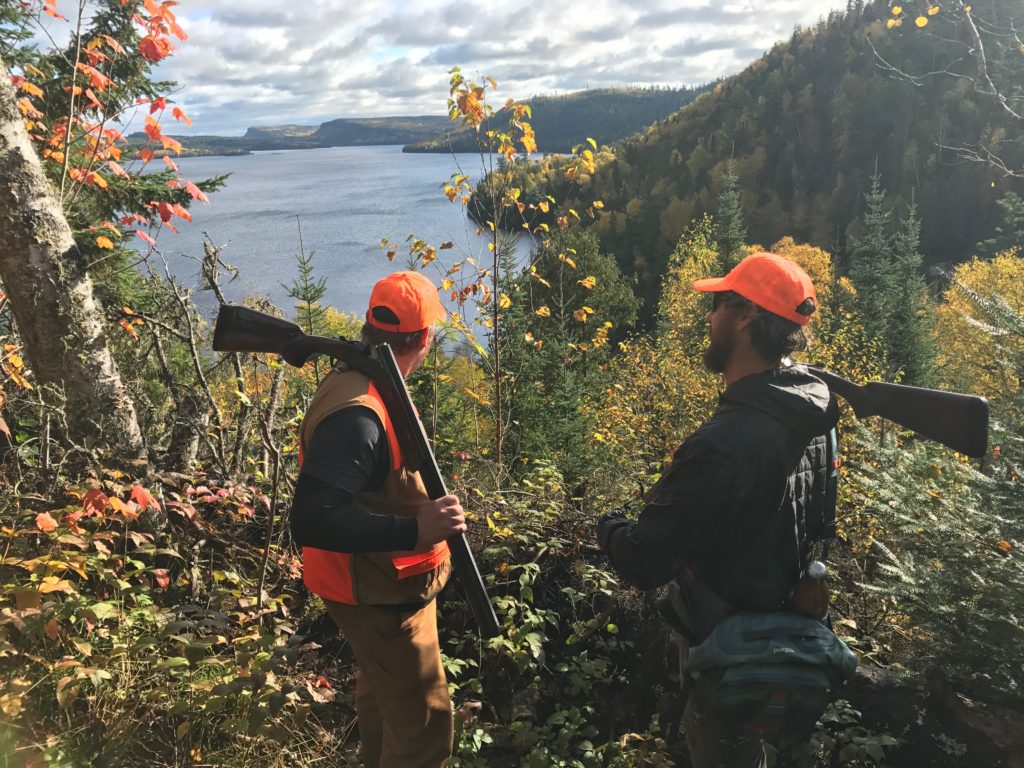
Stop and Study
Leasing this area is anything but simple and non-controversial, and there should be no shortcuts to the assessment or public review process. Hunters and anglers should not only have the right to comment, but also the right to review this controversial proposal after the completion of the environmental assessment. The Boundary Waters, and all Americans who have a stake in their management, deserve the most robust review possible for such a risky mine at the headwaters of some of the best public land to hunt and fish on in Minnesota.
These public lands and waters belong to all of us, and Minnesotans are overwhelmingly in favor of a “stop and study” approach to assessing the effects of sulfide-ore copper mining in the Boundary Waters watershed. A 2017 poll showed that 79 percent of Minnesotans favor the most thorough review possible, and an overwhelming majority agree that the Boundary Waters, as well as the hunting and fishing habitat they encompass, are a unique place that deserves special attention.
We’re making the strongest case we can for our public lands and waters, but we can’t do it alone. It’s up to all of us to defend our public lands, waters, and sporting heritage.
Spencer Shaver is the conservation policy director for Sportsmen for the Boundary Waters and a Minnesota native. He is lifelong hunter and fisherman, a graduate of the University of Minnesota’s environmental science, policy, and management program, and has guided Boundary Waters trips since 2014.
Top photo courtesy of Brian O’Keefe.

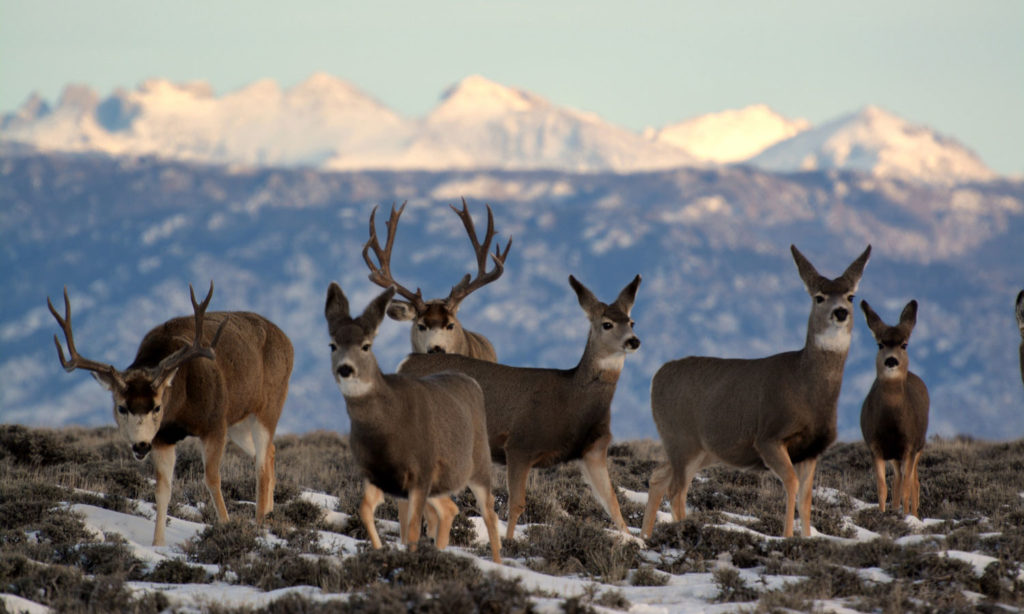
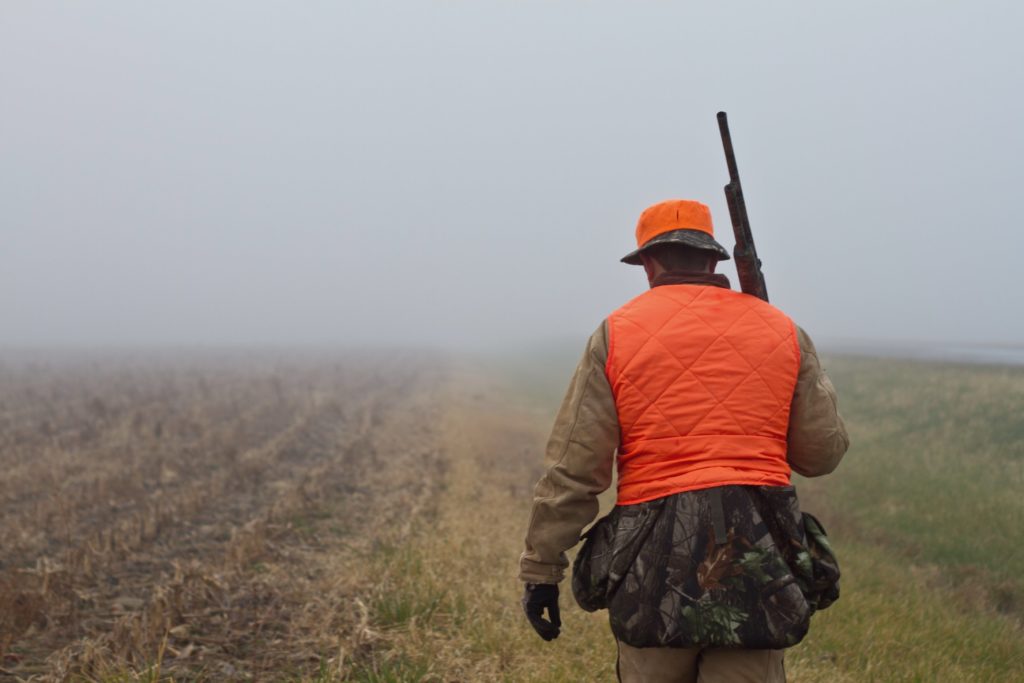
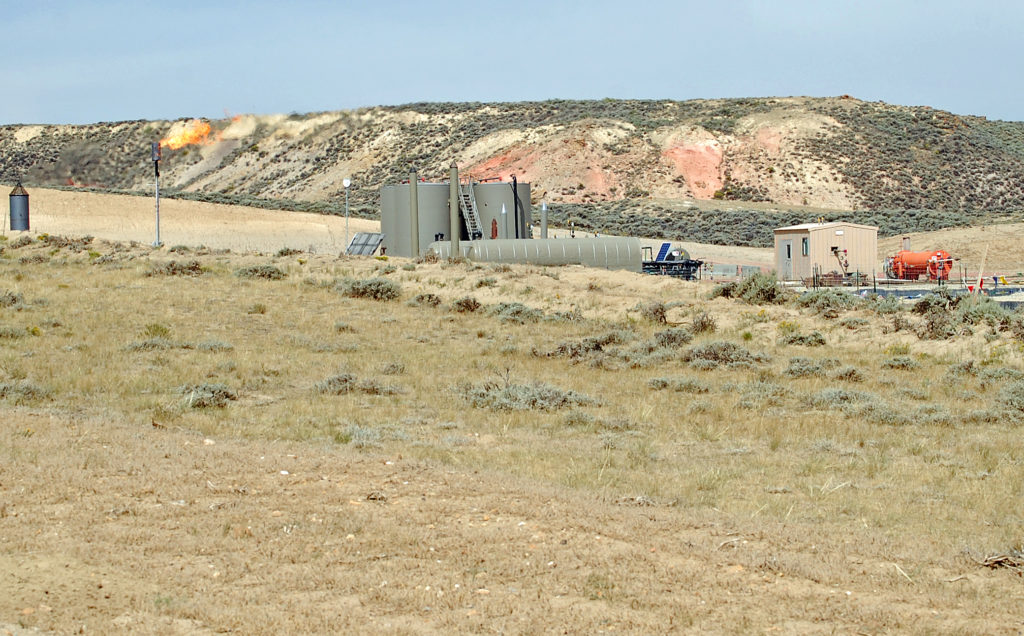
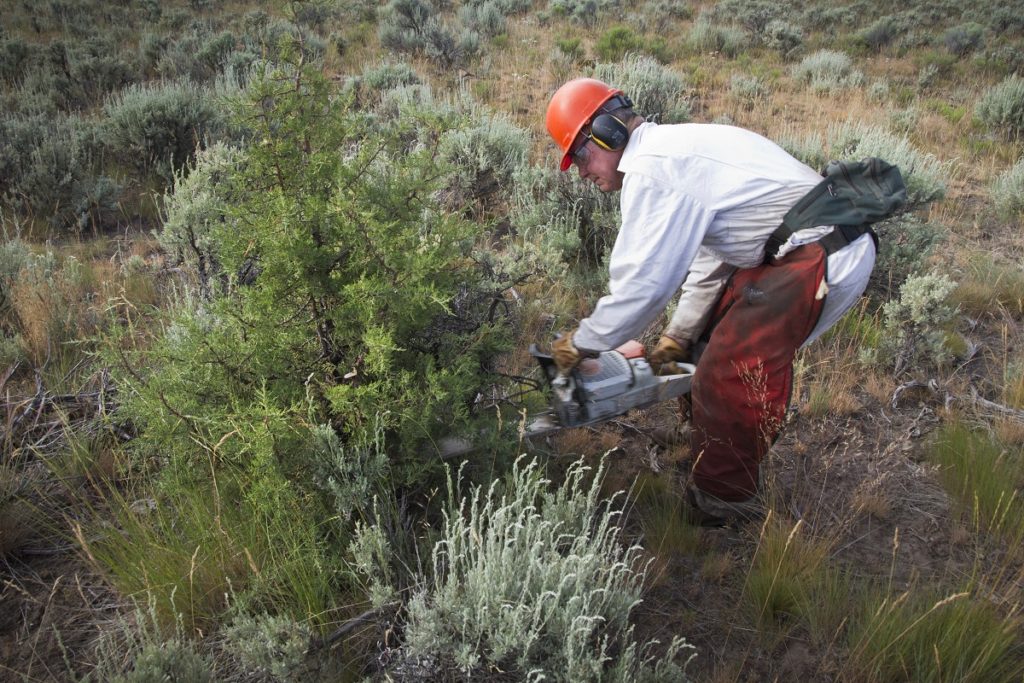
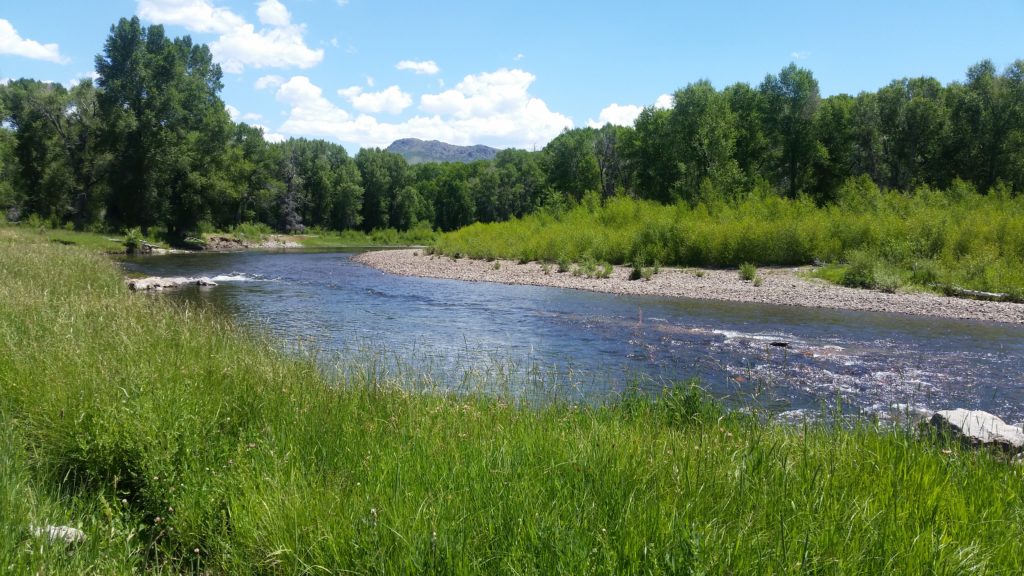




You guys are over the top on this issue. The EA will look at exploration for mining in general; any proposed mine would require an EIS by State Law. Your comment that any mining will wreck the entire wilderness area is fear mongering at is worst and a huge exaggeration because that will not happen. I thought TRCP was a balanced voice for conservation and now I see that is not true.
Seem much like the proposal to mine up near the Illiama (sp) river in Alaska. People are always assured that there will be no problems, r-I-g-h-t. And sulfide ore!, the potential for acid spills and damage are high
my wish is the boundary waters tract be left alone, no mining allowed.
The future of the Boundary Waters cannot be sacrificed for any other interest. This is a classic case of Short Term Gain (mining jobs, and boost to the local economy) versus Long Term Loss (The Boundary Waters one of Minnesota’ crown jewels and a national treasure). If this project is permitted, 20 years or so in the future, the ore will be mined out, the mine closed, mining jobs gone as well as the pristine nature of much ofthe Boundary Waters. Please no mine! Its a bad idea!
I have seen the results of mining. Long after the company leaves, residents and visitors are faced with devastated land and contaminated water. I have never seen the promises regarding safeguards or restoration actually kept.
When I first started goimg to the Boundary Waters, our guide said the water was clean enough to drink right out oof the lake. I’m sure that once the mining starts this will be a option that will be gone forever along with the rest of the beauty of this wonderous place. Where do all of Trump’s friends go for vacation? Opps I forgot that they all have their private boats that hold about 12 guests, costs $250,000 for a fill up of gas. (how much do you have in your 401 after all your years of working?} and cost well over 12 million + to buy. Who needs the Boundary Waters, most people, not the 1%
I agree with leaving the BWCA and surround area off limits from mining interests that could potentially harm the watershed which would have a devastating and long lasting negative impact on the region and state.
no more commercial development should be aalowed.. Keep the politicians away.
with all of my childhood trips to the BWCA – this place is indeed Minnesota’s Grand Canyon ( and also every American citizens Grand Canyon of the North – so please people of America -revolt by writing letters to EVERYONE that you know is a politician or otherwise involved with this endeavor who are trying to take our voice to be heard and continue to line the pockets of corporate – can anyone spell two words – STUPIDITY and GREED ! ! ! ! ok 3 words
First, I am a 75 year old person who has grown to appreciate the need and value of preservation of some of the pristine areas left in the US. I have, for many years, heard of the Boundary Waters, but have never visited it. I am an avid canoer and sincerly hope to make that trip to the Boundary Waters. Whether I do or don’t, I want this “American Jewel” to be there, with its fresh water and wild, minimally disturbed nature, for my nine month old grandson seventy five years from now. and beyond. Ask yourself, when weighing in on this issue, “are the short term risks worth jeopardizing the uniqueness of this area? Look at the historical examples of this type of activity for cases that support “Clean Water”. Please don’t argue for the value of the short term boost to the local economy over the long term risk of this precious natural resource.
I spent 20-years with the U.S. EPA, was a member of the National Mining Team, and visited / inspected dozens of mines. Mines are among the most destructive things that can be done to an environment. The mineral extraction process pollutes the air and water, both surface and groundwater. The mine waste piles all leach into groundwater. The mining companies are organized such that they can walk away from their liabilities leaving the costs of reclamation for the taxpayer. The income lost because of the releases have killed fish, wildlife and tourism can not be recovered. The bonds or other financial assurances called for are totally inadequate. If you want some idea of how much it can cost to reclaim a copper mine complex look at the Butte / Clark Fork site in Montana or the Iron Mountain site in CA. The mine impacts, including the releases of mining wastes and leachate on living resources will continue for centuries. The old line about about you can tell someone is lying because their lips are moving is certainly true for any miner that says that the will protect the community and the environment.
My wife & I made our way from Mid Michigan to Boundary Waters 8 years ago.. We now return yearly. This experience literally changed our lives. The opportunity to slip off a lake shore, canoe, camp & fish in an area that has remained unmolested since it creation fostered a prospective we now embrace & champion. Wilderness is the very womb of life, the web of life must always have a core, the sample of our heritage in these waters is unmatched and must never be placed in danger.
Keep it public and pure
This is no place to threaten with a mine
Public Lands are a great privilege to our society. Keep them clean and conserved with their true designated purpose.